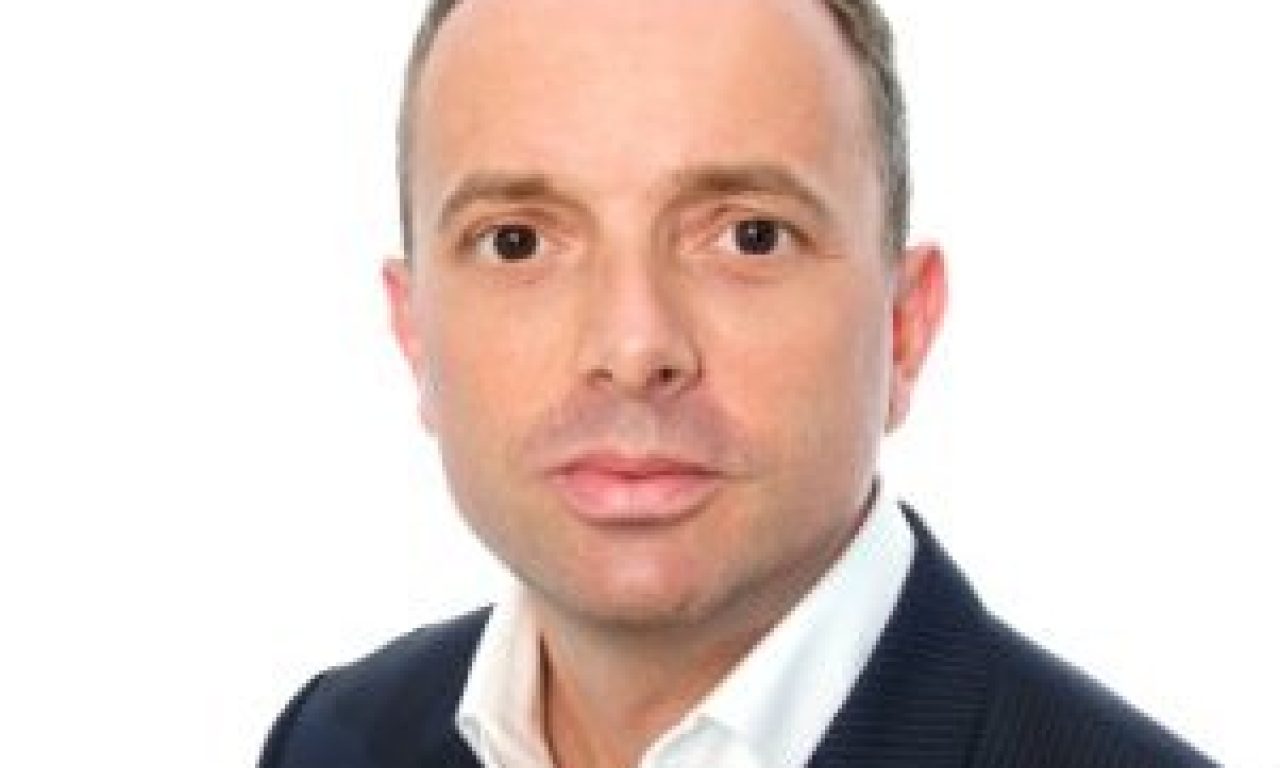Dividends paid to Australian equity investors are growing at more than 9 per cent a year, with payouts expected to continue growing for the foreseeable future.
According to the Janus Henderson Global Dividend Index, global dividend payments increased by 7.7 per cent in 2017 to US$1.2 trillion. Adjusted for special dividends and currency changes, underlying growth was 6.8 per cent.
The index is a long-term study of global dividend trends. It measures the extent to which companies are paying their investors income on their capital. It is made up of the 1200 biggest listed companies in the world (by market capitalisation).
Australian company dividend payouts increased by 9.7 per cent (underlying) in 2017 – one of the highest growth rates in the survey.
This growth has been maintained in the December half-year reporting period. CommSec reports that 86 per cent of S&P/ASX200 companies reporting their half-year results elected to pay a dividend.
Of those reporting a dividend, 75 per cent increased their dividend, 8 per cent cut and 17 per cent left them unchanged. Dividend payments were up 9.5 per cent on average.
It is not all good news, however. CommSec says the proportion of companies paying a dividend was down from more than 90 per cent in the previous corresponding period.
UBS reports that a number of companies boosted their payouts with “dividend and capital management surprises”. These included Mirvac, Northern Star Resources, Star Entertainment Group, Medibank Private, ASX, IOOF, LendLease, AGL Energy, DWS and Evolution Mining.
The Janus Henderson report says a strengthening world economy and rising corporate confidence pushed global dividends to a new high in 2017. Records were broken in 11 of the index’s 41 countries, including the United States, Japan, Switzerland, Hong Kong, Taiwan and the Netherlands.
The laggard was Europe (ex-UK), where dividends rose only 1.9 per cent.
In Australia, the big story was the return of the mining companies, following rapid improvements in their profits and balance sheets. Between them, BHP and Rio Tinto added $2.9 billion to Australian company dividend payments, accounting for two-thirds of total growth.
Among the banks, which pay more than half of all Australian dividends and which have very high payout ratios, only Commonwealth Bank increased its dividend last year.
No Australian company in the index cut its dividend, although QBE Insurance reduced the tax credit it was able to provide.
Across industries, every sector saw higher underlying dividends in 2017, except telecommunications, which was flat.
The highest growth was in the mining industry – up 27 per cent. Mining companies cut their costs aggressively when commodity prices fell, meaning that profits have come back strongly as prices have recovered. This has provided very healthy cash flows to fund dividends.
Among the Australian companies in the Janus Henderson Index, Telstra had the highest yield of 8.9 per cent last year and a payout ratio of 95 per cent.
Westpac had a yield of 6.04 per cent and a payout ratio of 79 per cent; Commonwealth Bank’s yield was 5.6 per cent and its payout ratio 74.2 per cent; NAB’s yield was 6.5 per cent and its payout ratio 101 per cent; ANZ’s yield was 5.5 per cent and its payout ratio 72.8 per cent; BHP Billiton’s yield was 3.4 per cent and its payout ratio 72 per cent.
Investing in companies that not only offer dividends but increase them, has proven over time to provide both growing income and higher total return than companies that do not.

